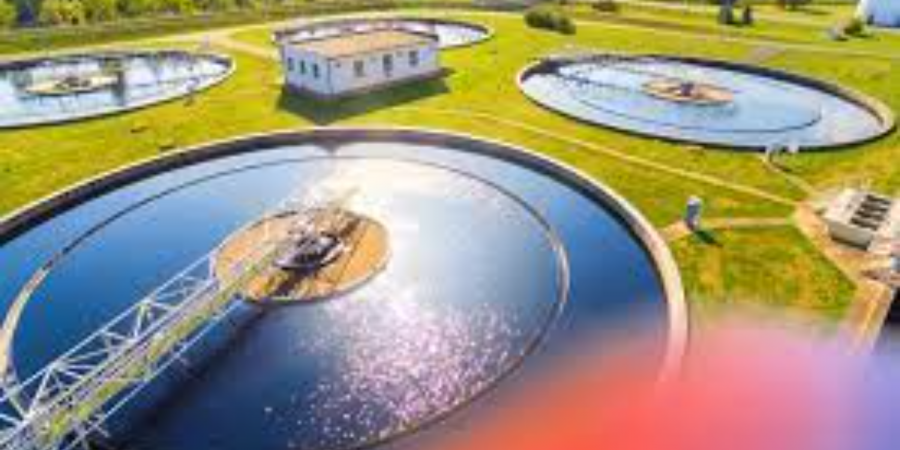

Until the 1970s, engineering primarily emphasized growth-related attributes such as power, scale, and speed, rather than prioritizing stewardship, particularly sustainability. Sustainability was not explicitly integrated into engineering discourse during that period. In the subsequent decades, a shift occurred as engineers and infrastructure managers reevaluated established practices. The expansion of the oil and gas industry in the 1970s initially saw limited cost pressure on operation and maintenance practices. However, after the oil price crash, maintenance issues were often disregarded or addressed in an ad hoc manner, leading to disasters like the Piper Alpha oil platform explosion in the United Kingdom. This prompted a transformation in decision-making, with risk-based approaches becoming crucial in modern Infrastructure Asset Management (IAM).
The emergence of IAM was a response to the inadequacies of operation and management (O&M) practices developed during times of favorable sector performance. Reports such as "Fragile Foundations: A Report on America’s Public Works" in the USA and similar ones on water infrastructure in Australia and New Zealand revealed common shortcomings. IAM evolved as a necessity to guide organizations in allocating limited funds to maintain acceptable performance and minimize the risk of failing to deliver the required service level. The International Organization for Standardization (ISO) 55000 standard defines Asset Management (AM) as "making intelligent choices to maintain the service level of infrastructure with limited resources and to respond to the unviable way of financing the O&M practices of the past in a resource-restricted environment."
Since the late 1990s, IAM has expanded to prioritize environmental outcomes alongside economic and service-level goals. Adaptive planning, introduced during this period, led to the development of planning frameworks based on adaptation framing. Concepts like multiple (co-)benefits and Nature-Based Solutions (NBS) gained prominence, acknowledging that local IAM decisions can have ecosystem service benefits. However, delivering IAM in this context faces challenges, including a lack of data on the aging of NBS, limited understanding of life cycle analysis for adaptive infrastructure, and complex interpretations of 'failure risk' within a multi-beneficial context.
Public water infrastructure systems, often multifunctional and managed by various entities, add complexity to IAM. Challenges underscore the importance of organizational and technical capabilities within Water Infrastructure Asset Management (WIAM). The focus on growth in the 1970s has evolved to encompass stewardship in the late 1990s and adaptive asset management, emphasizing resilience today—a focus expected to remain central in the future. Ongoing research will play a crucial role in supporting IAM's goal of resilience, addressing current knowledge gaps and opportunities influencing the development of WIAM.
